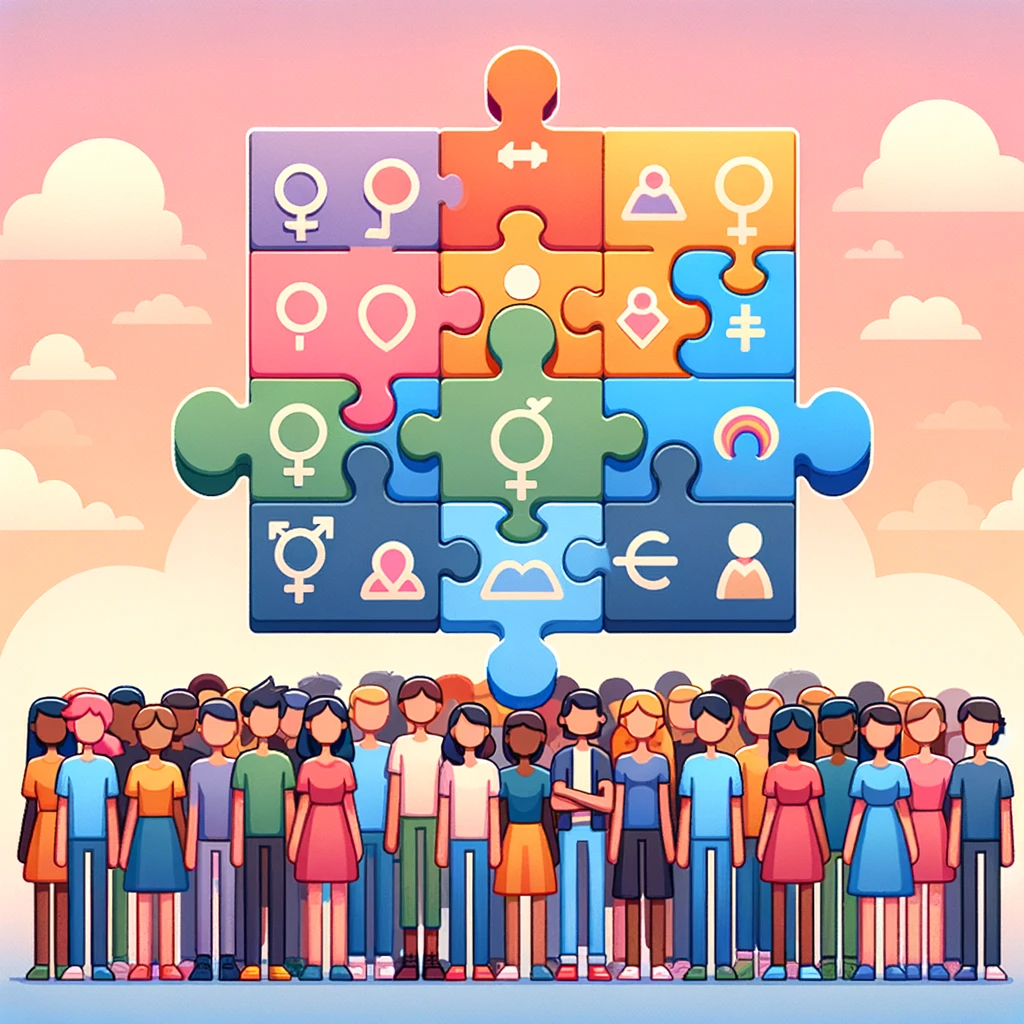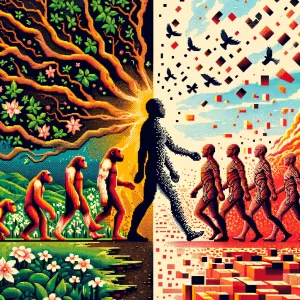
Social Identities and Intersectionality: A Guide to Understanding the Complexities of Our Lives
In the article “Social Identities and Intersectionality: A Conversation About the What and the How of Development,” researchers dive deep into the intricate world of identity formation, particularly focusing on the intersectionality of social identities in early and middle childhood. This article, published in the prestigious Annual Reviews, explores how gender, ethnicity, race, social class, sexual orientation, and immigrant status interweave to shape the unique tapestry of each individual’s identity. The article is a must-read for anyone interested in the developmental psychology and sociology of identity, offering insights crucial for educators, policymakers, and public health practitioners. Let’s delve into the key findings and implications of this research.
The Journey of Identity Development
Identity is not a static entity but a dynamic and complex construct that evolves throughout an individual’s life. The research highlights how, from an early age, children begin to form a sense of self, distinguishing their personal identity while also navigating their social identities. This journey intensifies as they transition into adolescence and adulthood, where they further explore and integrate various facets of their identities. The intersection of these identities—how gender intersects with race, class, and other aspects—provides a unique lens through which individuals experience the world.
Intersectionality: A Contextual Approach
Intersectionality is a term originally coined by Kimberlé Crenshaw in 1989, but its roots stretch far back into the history of feminist and anti-racist activism. It refers to the complex and cumulative way different forms of discrimination and disadvantage overlap and affect individuals. This research underscores the importance of understanding these intersections to fully grasp the lived experiences of individuals, particularly those from marginalized communities. It’s not just about being a woman or being of a certain race; it’s about how these and other identities combine and interact.
Implications for Public Health Practitioners
Public health practitioners can greatly benefit from the insights provided by this research. Understanding the intersectionality of identities can inform better-targeted health interventions, educational programs, and policies. For instance, recognizing how cultural, socioeconomic, and gender identities intersect can help in designing more effective mental health services or educational outreach programs. It can also play a crucial role in addressing health disparities and promoting health equity among various communities.
Engaging With the Article
For those interested in further exploring these complex themes, the full article is available at Social Identities and Intersectionality: A Conversation About the What and the How of Development. It provides a comprehensive review of the interdisciplinary scholarship on identity development and intersectionality, employing both quantitative and qualitative methodologies. The article is not just an academic exploration but a call to action for integrating these insights into practical applications in education, health, and community settings.
Conclusion
Understanding the multifaceted nature of identity and its implications is crucial in today’s diverse and interconnected world. “Social Identities and Intersectionality” provides a foundational framework for appreciating the rich tapestry of individual identity and the factors that shape it. As we continue to navigate the complexities of identity in our personal and professional lives, let us keep in mind the powerful interplay of intersectionality and strive to create more inclusive and understanding environments.
Transform Information into Action – Subscribe Now!
Your key to unlocking the power of public health knowledge awaits! ‘This Week in Public Health’ is not just a newsletter; it’s a catalyst for informed action. With a focus on cutting-edge research, community health successes, and advocacy insights, each issue empowers you to make a tangible impact. Subscribe for free and turn information into action today!



